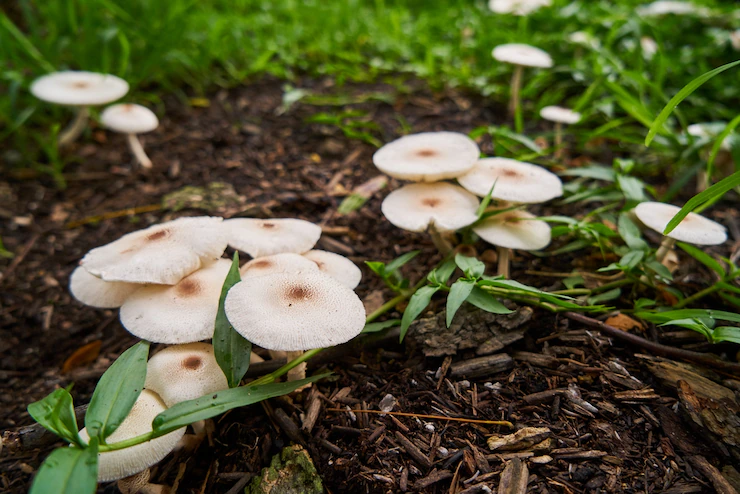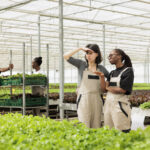Mushroom cultivation is an exciting and rewarding venture that has gained popularity in South Africa. Whether you’re a beginner or an experienced gardener, growing mushrooms can be a fascinating and fulfilling endeavor. Here are ten important things you should know before embarking on mushroom cultivation in South Africa:
- Mushroom Varieties: There are various mushroom varieties suitable for cultivation in South Africa, including white button mushrooms (Agaricus bisporus), oyster mushrooms (Pleurotus spp.), and shiitake mushrooms (Lentinula edodes). Choose the variety that suits your preferences and growing conditions.
- Growing Medium: Mushrooms require a specific growing medium, known as a substrate, to grow. Common substrates include compost, straw, sawdust, or a combination of these materials. Select a substrate that is readily available and suitable for the mushroom species you intend to grow.
- Controlled Environment: Mushrooms thrive in a controlled environment with specific temperature, humidity, and light conditions. Depending on the mushroom variety, you may need to create a dedicated growing space such as a mushroom house, cellar, or grow tent. Temperature and humidity control are crucial for successful mushroom cultivation.
- Sterilization and Pasteurization: To prevent contamination and promote healthy mushroom growth, it’s important to sterilize or pasteurize the growing medium before inoculation. This process kills off unwanted bacteria, fungi, and other microorganisms that could compete with the mushrooms.
- Inoculation and Spawning: Inoculation is the process of introducing mushroom spores or mycelium into the sterilized substrate. You can purchase ready-to-use spawn from reliable suppliers or learn how to produce your own spawn. Spawn acts as the “seed” for mushroom cultivation.
- Fruiting Conditions: After inoculation, the substrate needs to be kept in optimal fruiting conditions. This includes maintaining the correct temperature, humidity, and fresh air exchange. Different mushroom varieties have specific requirements, so research the ideal conditions for your chosen mushrooms.
- Disease and Pest Management: Mushrooms are susceptible to various diseases and pests. To prevent and manage these issues, practice good hygiene, maintain a clean growing environment, and monitor for any signs of contamination or infestation. Proper ventilation and air circulation can help minimize disease risks.
- Harvesting: Harvest mushrooms when they reach the desired size and maturity. Different mushroom varieties have different harvesting techniques, so familiarize yourself with the specific requirements for each variety. Harvesting too early or too late can affect the flavor and quality of the mushrooms.
- Storage and Shelf Life: Freshly harvested mushrooms should be used or consumed as soon as possible for the best flavor and texture. If you need to store them, refrigerate them in a breathable container or wrap them in a paper towel to extend their shelf life. Avoid plastic bags, as they can cause moisture buildup.
- Continuous Learning: Mushroom cultivation is a continuous learning process. Stay updated with the latest cultivation techniques, research new mushroom varieties, and connect with experienced growers or join mushroom cultivation communities. Learning from others and experimenting with different methods can enhance your success in mushroom cultivation.
By considering these ten important factors before growing mushrooms in South Africa, you’ll be well-prepared to embark on your mushroom cultivation journey. Enjoy the unique flavors and textures that homegrown mushrooms offer, and explore the endless culinary possibilities they provide.







